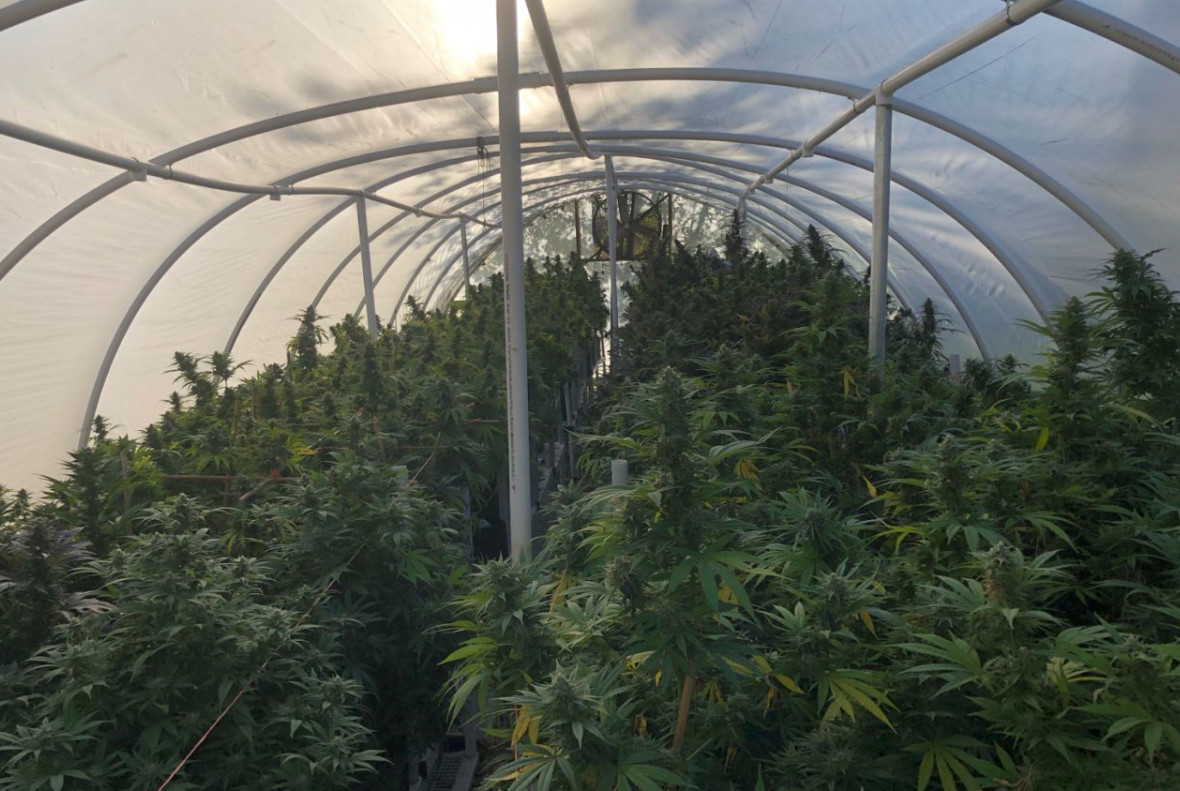The Difference Between Cannabis, Hemp and Marijuana Explained
2020-12-26
In the world of cannabis, there are more names for one plant family than you could ever imagine. Cannabis, hemp, and marijuana are all terms for plants in the Cannabaceae family, but there are differences between them -- some botanical, some cultural. Here’s a breakdown of the basics: the difference between hemp, cannabis, and marijuana.

What is hemp?
Hemp is a specific type of cannabis known scientifically as Cannabis sativa L. Though they are both part of the same family (and sometimes species), hemp and marijuana have different chemistry and characteristics. Hemp plants contain low levels of the intoxicating phytocannabinoid known as Tetrahydrocannabinol (THC), for which marijuana is well known. It does, however, contain high levels of the non-intoxicating phytocannabinoid Cannabidiol (CBD).
In the U.S., the level of THC is a legal defining line between hemp and marijuana. Hemp is generally defined as Cannabis sativa L. plants which contain 0.3% THC or less. Plants exceeding the 0.3% THC limit are considered marijuana and remain illegal federally under the U.S. Controlled Substances Act (CSA).
Hemp is one of the most versatile plants in the world. The stalk of a hemp plant, for example, could be used for the manufacture of textiles or the development of biofuels. The seeds of hemp are eaten or employed to create hemp seed oil, while the flowers can be used to extract CBD for use in a wide range of products, including skin care products like our Skin Therapy body butter and edibles like our beverage infusions.

What is cannabis?
The word Cannabis is a taxonomic term referring to a genus of flowering plants that are members of the family Cannabaceae, which includes about 170 plant species. The genus is often divided up into three species - Cannabis sativa, Cannabis indica, and Cannabis ruderalis.
The origins of the cannabis genus are not clearly understood, as a lack of significant fossil evidence made it difficult for botanists to place its evolutionary divergence from other organisms. Using a “molecular clock” and computer algorithms to estimate the age of the genus, researchers determined that cannabis likely diverged from a common ancestor with its most closely related genus - Humulus - about 27.8 million years ago.
Regardless of the taxonomic minutiae, the headline is that “cannabis” is actually a broader classification that contains both hemp plants and marijuana plants. At the end of the day, for all their differences, both types of plants are indeed cannabis.

What is marijuana?
Marijuana is the intoxicating cousin of hemp. Depending on the taxonomic methods you prefer, marijuana may well be comprised largely of Cannabis sativa plants as well. And while marijuana and hemp might share a species, they are legally and chemically distinct in a significant way.
The high levels of THC found in marijuana plants cause intoxication when consumed. Federally, marijuana remains illegal; THC is a Schedule I substance under the CSA. However, many states have now rejected the prohibition on marijuana and have active programs for cultivating and dispensing marijuana for medical and/or adult use.
Marijuana is sold in a variety of ways. One of the most common products is simply the dried and cured flower of the marijuana plant. However, like hemp, marijuana is often subject to extraction to create concentrated extracts that can be sold on their own or used as an ingredient in edibles, topicals, and other products.
The difference between hemp and marijuana
Today, “cannabis” and “marijuana'' are often used interchangeably in the industry, which can cause confusion. Because the word “cannabis” technically refers to the entire genus of flowering plants that includes both hemp and marijuana, it is not wholly accurate to exclude hemp when using the term. Historically, the word “marijuana” has been used to distinguish between cannabis that is hemp and cannabis that isn’t based on the percentage of THC each plant contains.
While that distinction may, in some ways, seem arbitrary, it has become a clear enough standard that new varieties of cannabis plants are bred with this threshold in mind. While it might seem strange that cannabis plants, which contain many cannabinoids alongside many more chemical compounds, would be divided by THC content, that has become the standard for the legal cannabis and hemp CBD industries. Thus, the terms hemp and marijuana serve to distinguish between varieties of plants belonging to the same species that find themselves on very different sides of the law.







